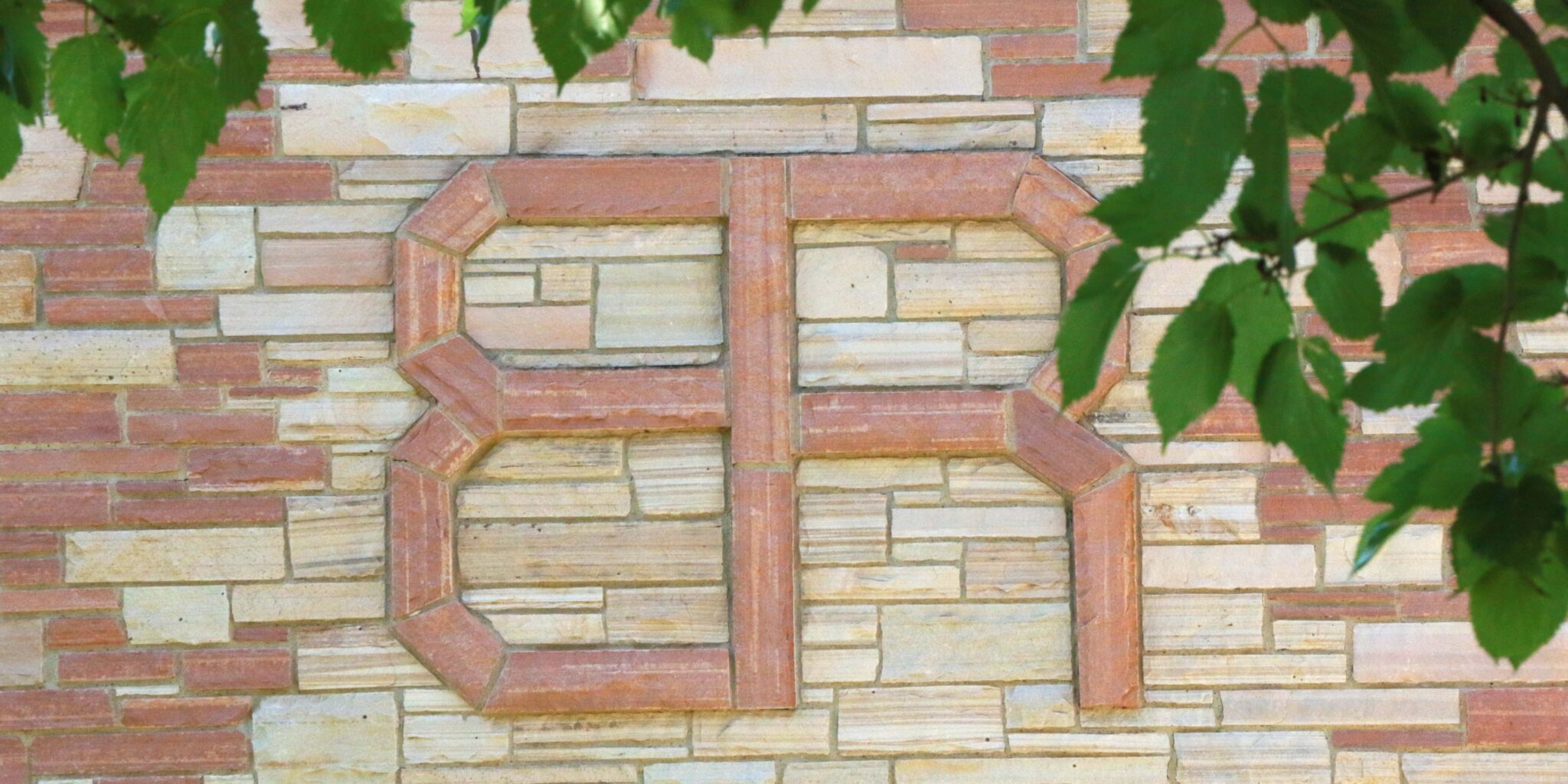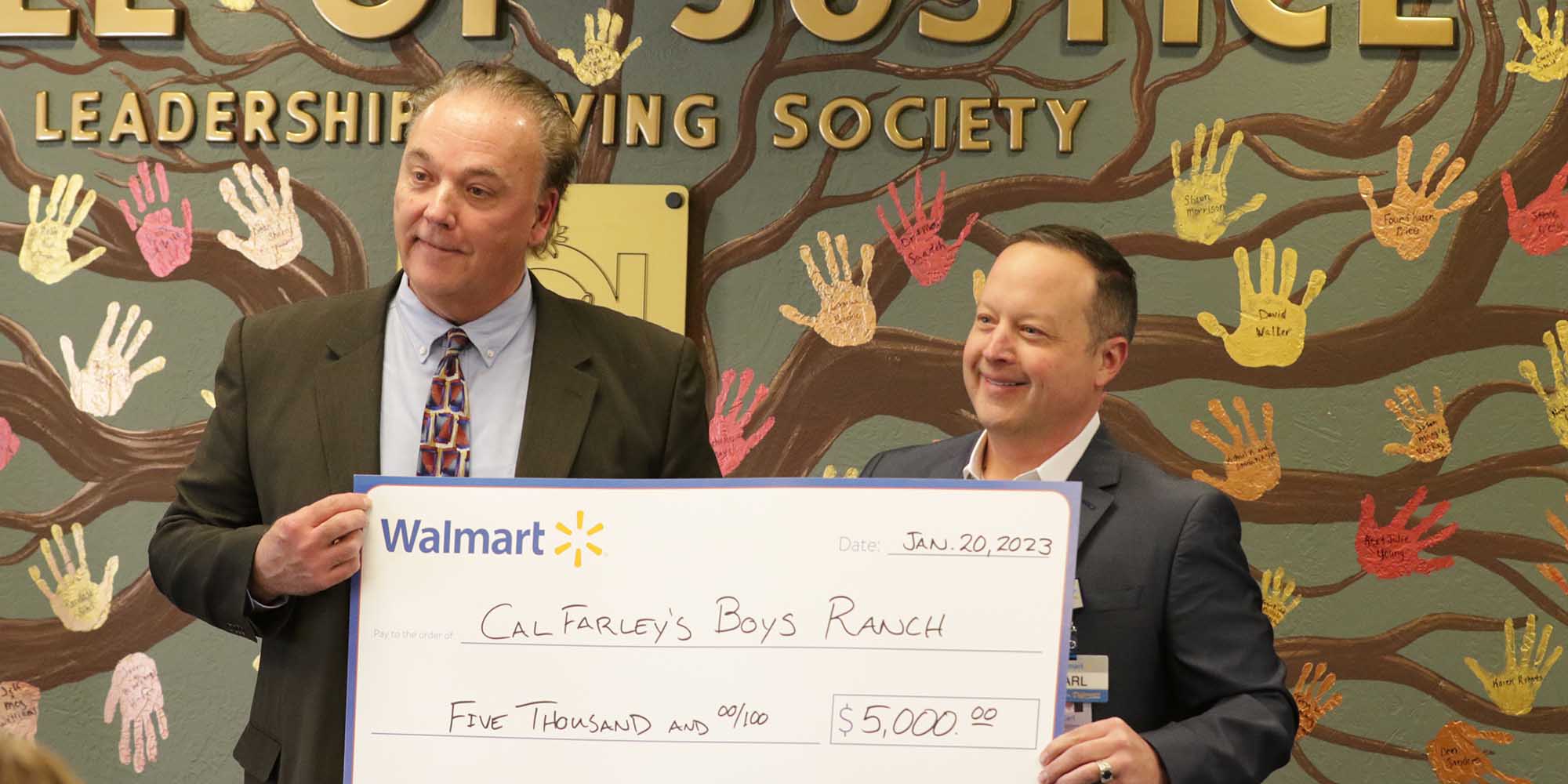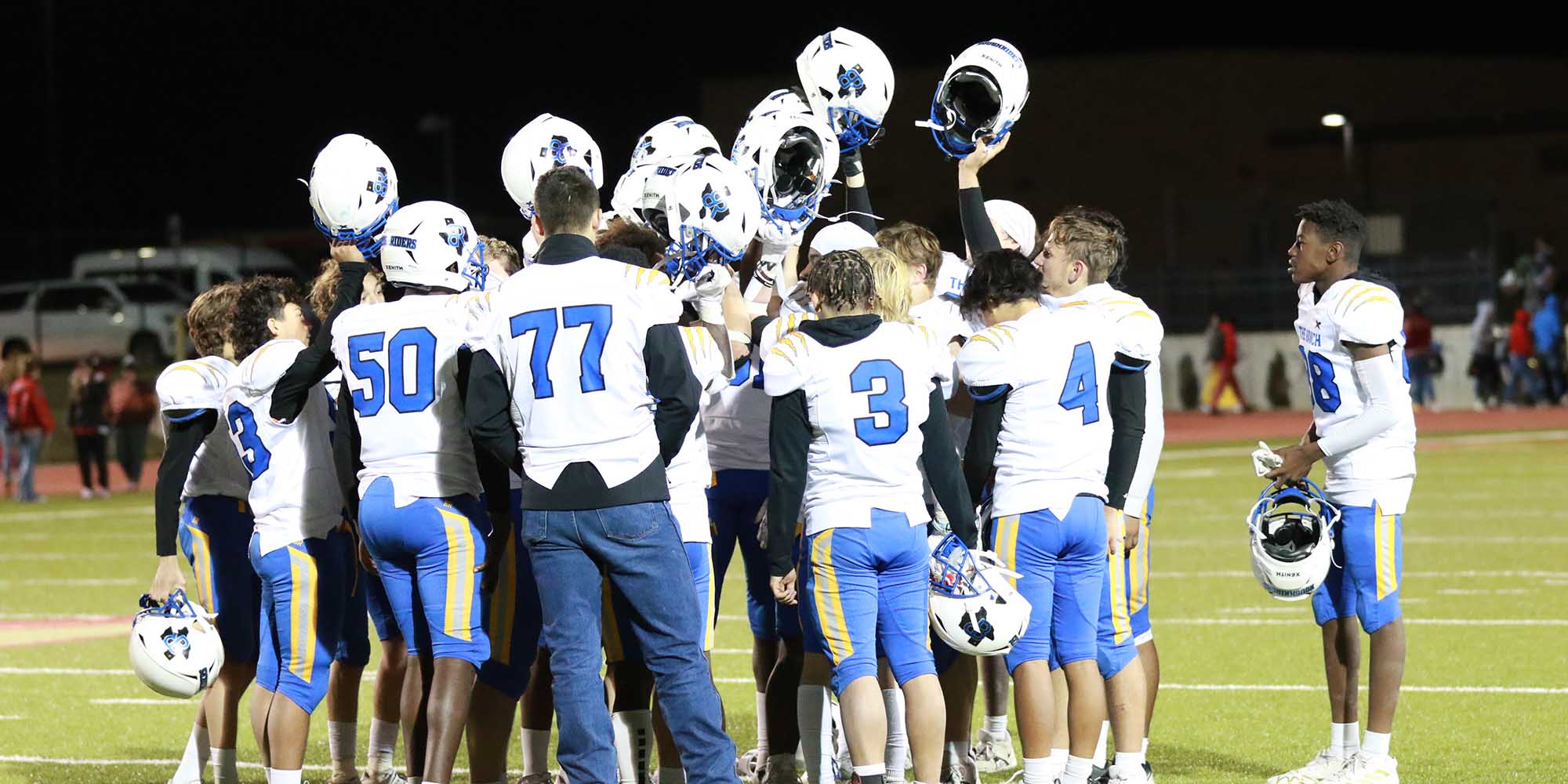Admission
Cal Farley’s Boys Ranch offers help to children and families in need
Boys Ranch provides residential care to school-aged boys and girls. We accept applications from across the United States.

If you are interested in learning more about our admission process, complete this form or call Boys Ranch intake & referral line.
8 a.m. – 5 p.m. Central Time Monday – Friday
Admission Information
Boys Ranch Intake Department is accepting admission requests through this web form. We are experiencing high numbers of inquiries. Please know that we will respond to you in the order that your request is received.
For more information about admission to our Boys Ranch residential program and to find out how we can help your child, please complete the form below.
In order to provide the best opportunity for each child, we cannot begin the admissions process for any child older than 16 and a half years or younger than 5 years.
If Boys Ranch is unable to meet your family’s needs, we will work with you to provide referral services to an appropriate organization or agency.
Only someone with legal custody of a child can place a child in residential care.
PLEASE NOTE
This is not an application for our program.
The information provided below is used to help intake and admissions staff assess the child’s needs. Staff will use this information to determine if an application for placement is appropriate or to identify referrals for your family if necessary.
Visit Boys Ranch
Guests are welcome at Cal Farley’s historic Boys Ranch campus. We are located at the site of Old Tascosa, a pioneer town where the likes of Billy the Kid and Pat Garrett walked its dusty streets.
Since 1939, though, it has served a much different purpose. On land once known for gun fights and barroom brawls, Cal Farley’s residents learn the value of integrity, perseverance and faith in God.
All visits begin at Boys Ranch Headquarters, where guests must first check in. The safety of our residents is our first priority, so guests 18 and older will be asked to present their driver’s license or photo ID.
TOUR HOURS
Monday to Friday
from 8 a.m. to 5 p.m.
Tour reservations are requested, but not required.
Tour Highlights
Cal farley and his legacy
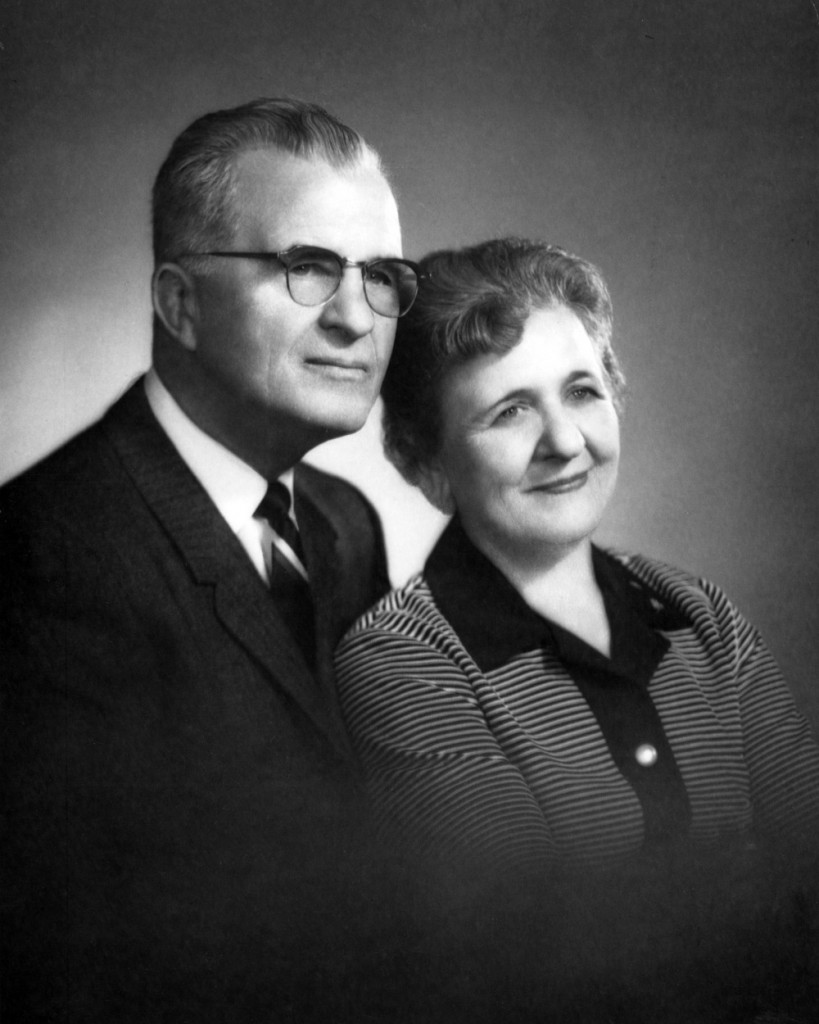
In the late 1930s, Cal Farley was playing semiprofessional baseball by day and wrestling by night in Amarillo, Texas. Mr. Farley, a World War I veteran with an engaging personality, was a fan favorite at the ballpark, where he would deliberately hit foul balls over the fence to children gathered there, knowing they could exchange these balls for a free ticket to the game. Mr. Farley realized some of these children were hanging around the ballpark when they should have been in school, and he soon found many of them came from broken homes where guidance, supervision and love often were missing.
Mr. Farley began looking for ways to help these children and, in the fall of 1938, Texas Panhandle rancher Julian Bivins agreed to support the cause. Bivins donated about 120 acres of land 36 miles northwest of Amarillo. The following March, Mr. Farley established his boys ranch at the site, which long before had been home to Tascosa, a raucous pioneer town. On land that once was known for gun fights and barroom brawls, Boys Ranch residents learned the value of integrity and an honest day’s work.
The Boys Ranch population quickly grew and, in 1944, Mr. Farley sought to bolster the boys’ social education by hosting a rodeo. About one hundred people showed up, but the idea took root. Now, thousands attend the annual Boys Ranch Rodeo.
Boys Ranch programs expanded to include girls. Yet still, we hold true to the values set over seven decades and prepare young people to become responsible citizens
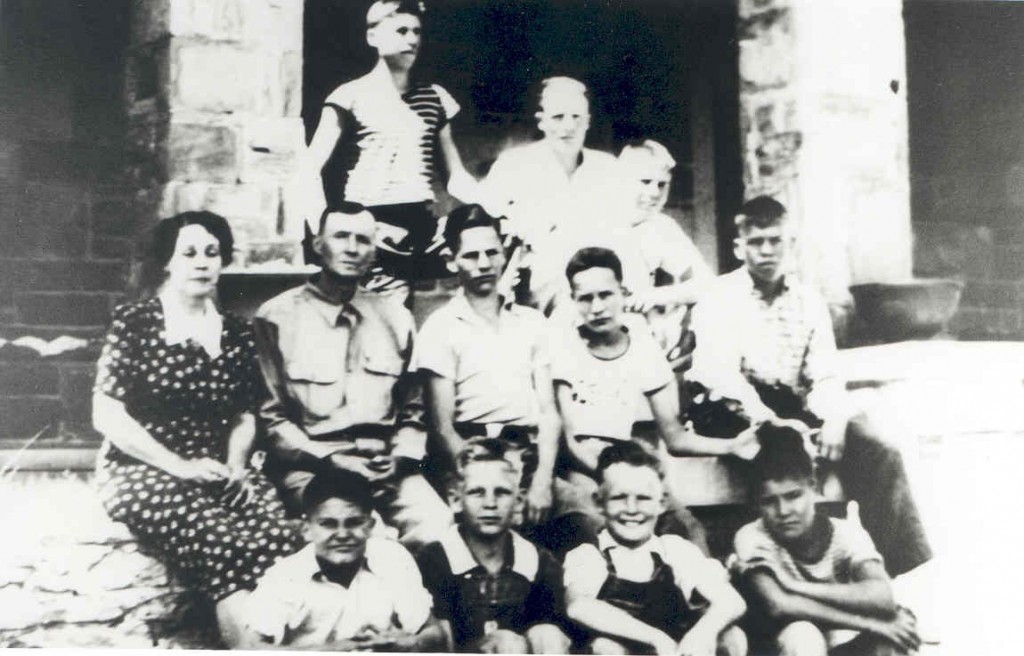
Residential Community
We hear these words time and time again: “This place has to be seen to be believed, it’s incredible!” For those who’ve never visited our beautiful, historic campus, here’s a look at where our life-changing work happens. If you ever find yourself in the Texas Panhandle, we’d love to show you around.
Boot Hill Cemetery
Boot Hill Cemetery was named after the cemeteries in Dodge City Kansas and Tombstone Arizona. But unlike those, Tascosa’s Boot Hill was actually located on a hill overlooking the town. Fred Leigh was the first to inhabit the cemetery, after being shot out of his saddle by Tascosa’s first Sheriff, Cape Willingham, for shooting the head off of a duck!
Julian Bivins Museum
Located in the original Tascosa courthouse serving Oldham County, the Julian Bivins Museum contains historical artifacts from Boys Ranch and Old Tascosa.
Tascosa was known as the “Cowboy Capital of the Plains” and was the rowdy home of settlers, cowboys, cattle thieves and lawmen.
The area provides an easy point to cross the Canadian River and an abundant source of drinking water from Atascosa Creek. This made Tascosa an ideal place for settlement first by Native Americans, then Spanish Pastores, and later large cattle ranches.
Tascosa was one of the first established towns in the Texas Panhandle region. The courthouse, built in 1884, served up to twelve counties.
Bypassed by the railroad, Tascosa fell from prominence and became a shadow of its once raucous self, only to be reimagined as a home for at risk children. In the early days of Cal Farley’s Boys Ranch the courthouse served as a home for the first nine boys to live at the Ranch.


Cal farley and his legacy

In the late 1930s, Cal Farley was playing semiprofessional baseball by day and wrestling by night in Amarillo, Texas. Mr. Farley, a World War I veteran with an engaging personality, was a fan favorite at the ballpark, where he would deliberately hit foul balls over the fence to children gathered there, knowing they could exchange these balls for a free ticket to the game. Mr. Farley realized some of these children were hanging around the ballpark when they should have been in school, and he soon found many of them came from broken homes where guidance, supervision and love often were missing.
Mr. Farley began looking for ways to help these children and, in the fall of 1938, Texas Panhandle rancher Julian Bivins agreed to support the cause. Bivins donated about 120 acres of land 36 miles northwest of Amarillo. The following March, Mr. Farley established his boys ranch at the site, which long before had been home to Tascosa, a raucous pioneer town. On land that once was known for gun fights and barroom brawls, Boys Ranch residents learned the value of integrity and an honest day’s work.
The Boys Ranch population quickly grew and, in 1944, Mr. Farley sought to bolster the boys’ social education by hosting a rodeo. About one hundred people showed up, but the idea took root. Now, thousands attend the annual Boys Ranch Rodeo.
Boys Ranch programs expanded to include girls. Yet still, we hold true to the values set over seven decades and prepare young people to become responsible citizens

Residential Community
We hear these words time and time again: “This place has to be seen to be believed, it’s incredible!” For those who’ve never visited our beautiful, historic campus, here’s a look at where our life-changing work happens. If you ever find yourself in the Texas Panhandle, we’d love to show you around.
Boot Hill Cemetery
Boot Hill Cemetery was named after the cemeteries in Dodge City Kansas and Tombstone Arizona. But unlike those, Tascosa’s Boot Hill was actually located on a hill overlooking the town. Fred Leigh was the first to inhabit the cemetery, after being shot out of his saddle by Tascosa’s first Sheriff, Cape Willingham, for shooting the head off of a duck!
Julian Bivins Museum
Located in the original Tascosa courthouse serving Oldham County, the Julian Bivins Museum contains historical artifacts from Boys Ranch and Old Tascosa.
Tascosa was known as the “Cowboy Capital of the Plains” and was the rowdy home of settlers, cowboys, cattle thieves and lawmen.
The area provides an easy point to cross the Canadian River and an abundant source of drinking water from Atascosa Creek. This made Tascosa an ideal place for settlement first by Native Americans, then Spanish Pastores, and later large cattle ranches.
Tascosa was one of the first established towns in the Texas Panhandle region. The courthouse, built in 1884, served up to twelve counties.
Bypassed by the railroad, Tascosa fell from prominence and became a shadow of its once raucous self, only to be reimagined as a home for at risk children. In the early days of Cal Farley’s Boys Ranch the courthouse served as a home for the first nine boys to live at the Ranch.


